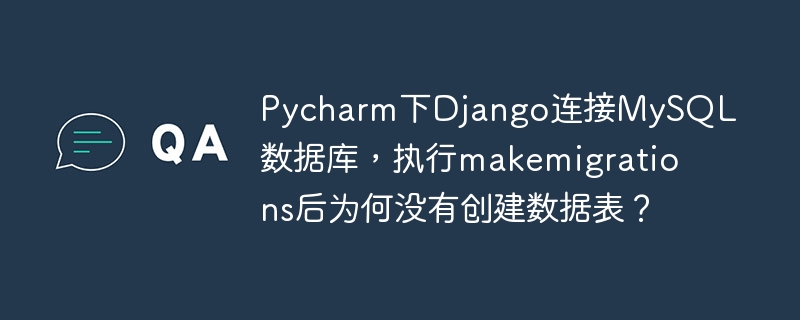布爾變量
下面的值會(huì)被解釋器看做假(false):
False None 0 “” () {} []
其它的一切都被解釋為真。
>>> True
True
>>> False
False
>>> True == 1
True
>>> False == 0
True
>>> True + False +42
43
立即學(xué)習(xí)“Python免費(fèi)學(xué)習(xí)筆記(深入)”;
bool函數(shù) — 用來轉(zhuǎn)換其它值,如
>>> bool([])
False
>>> bool(‘hello,world’)
True
條件語句
if else elif
is 和 is not — 判斷兩個(gè)變量是不是同一個(gè)對(duì)象
>>> x=y=[1,2,3]
>>> z=[1,2,3]
>>> x == y
True
>>> x == z
True
>>> x is y
True
>>> x is z
False
上例中可見,因?yàn)閕s運(yùn)算符是判定同一性的。變量x和y都被綁定在同一個(gè)列表上,而變量z被綁定在另外一個(gè)具有相同數(shù)值和順序的列表上。它們的值可能相同,但是卻不是同一個(gè)對(duì)象。
in 和 not in — 成員資格運(yùn)算符
assert — 當(dāng)條件不為真時(shí),程序崩潰
>>> x = 5
>>> assert 0
Traceback (most recent call last):
? File “
??? assert 5
循環(huán)
range — 內(nèi)建范圍函數(shù),它包含下限,但不包含上限,如
>>> range(0,10)
[0, 1, 2, 3, 4, 5, 6, 7, 8, 9]
for num in range(0, 10): ? ?PRint num,
結(jié)果如下
>>>?
0 1 2 3 4 5 6 7 8 9
循環(huán)遍歷字典,可以使用序列解包,如
d = {‘x’:1, ‘y’:2}for key, value in d.items(): ? ?print key, ‘corresponds to’, value
結(jié)果
>>>?
y corresponds to 2
x corresponds to 1
?zip?— 可以將任意多個(gè)序列“壓縮”在一起,然后返回一個(gè)元組的列表,同時(shí)他可以應(yīng)付不等長的序列,當(dāng)最短的序列“用完”時(shí)就會(huì)停止,如
>>> zip(range(5), xrange(10000))
[(0, 0), (1, 1), (2, 2), (3, 3), (4, 4)]
>>> names=[‘a’, ‘b’, ‘c’]
>>> ages = [45, 23 ,98]
>>> zip(names, ages)
[(‘a’, 45), (‘b’, 23), (‘c’, 98)]
并行迭代,如
names=[‘a’, ‘b’, ‘c’]
ages = [45, 23 ,98]for name, age in zip(names, ages): ? ?print name, ‘is’, age, ‘old’
結(jié)果
>>>?
a is 45 old
b is 23 old
c is 98 old
編號(hào)迭代 — 迭代序列中的對(duì)象,同時(shí)還要獲取當(dāng)前對(duì)象的索引,如
names=[‘Mr.a’, ‘Ms.b’, ‘Mr.c’]for index, name in enumerate(names): ? ?if ‘Mr’ in name:
? ? ? ?names[index] = ‘nan’for name in names: ? ?print name,
結(jié)果
>>>?
nan Ms.b nan
翻轉(zhuǎn)和排序迭代(sorted和reversed) — 作用域任何序列或可迭代對(duì)象上,不是原地修改對(duì)象,而是返回翻轉(zhuǎn)或排序后的版本,但是返回對(duì)象不能直接對(duì)它使用索引、分片以及調(diào)用list方法,可以使用list類型轉(zhuǎn)換返回的對(duì)象,如
>>> sorted([4,3,8,6,3,])
[3, 3, 4, 6, 8]
>>> sorted(‘hello, world!’)
[‘ ‘, ‘!’, ‘,’, ‘d’, ‘e’, ‘h’, ‘l’, ‘l’, ‘l’, ‘o’, ‘o’, ‘r’, ‘w’]
>>> list(reversed(‘hello, world!’))
[‘!’, ‘d’, ‘l’, ‘r’, ‘o’, ‘w’, ‘ ‘, ‘,’, ‘o’, ‘l’, ‘l’, ‘e’, ‘h’]
>>> ”.join(reversed(‘hello, world!’))
‘!dlrow ,olleh’
break/continue — 跳出循環(huán)/繼續(xù)下一輪循環(huán)
循環(huán)中的else子句 — 如果循環(huán)中沒有調(diào)用break時(shí),else子句執(zhí)行,如
from math import sqrtfor n in range(99, 81, -1):
? ?root = sqrt(n) ? ?if root == int(root): ? ? ? ?print n ? ? ? ?breakelse : ? ?print “Didn’t dind it!”
結(jié)果
>>>?
Didn’t dind it!
列表推導(dǎo)式–輕量級(jí)循環(huán)
列表推導(dǎo)式是利用其它列表創(chuàng)建新列表的一種方法,如
>>> [(x,y) for x in range(3) for y in range(3)]
[(0, 0), (0, 1), (0, 2), (1, 0), (1, 1), (1, 2), (2, 0), (2, 1), (2, 2)]
>>> girls = [‘alice’, ‘bernice’, ‘clarice’]
>>> boys = [‘chris’, ‘arnold’, ‘bob’]
>>> [b+’+’+g for b in boys for g in girls if b[0] == g[0]]
[‘chris+clarice’, ‘arnold+alice’, ‘bob+bernice’]
?以上就是《python基礎(chǔ)教程》筆記之條件語句和循環(huán)語句的內(nèi)容,更多相關(guān)內(nèi)容請(qǐng)關(guān)注PHP中文網(wǎng)(www.php.cn)!?
.jpg)















.png)
